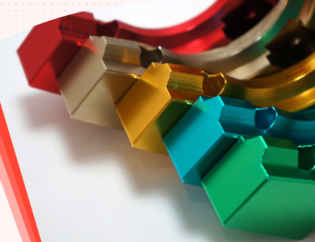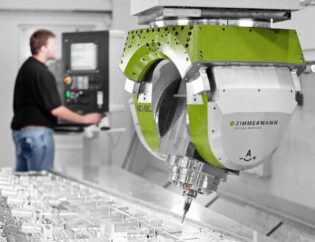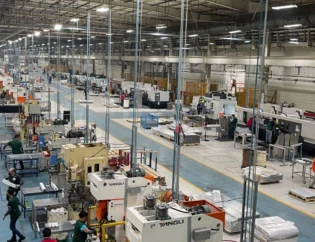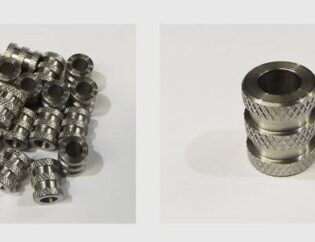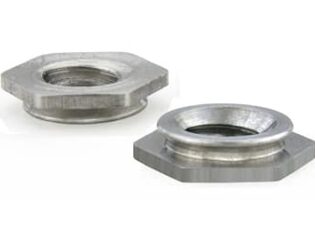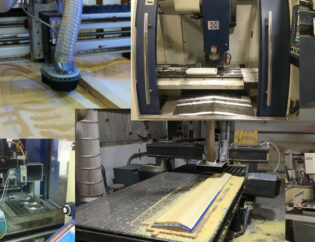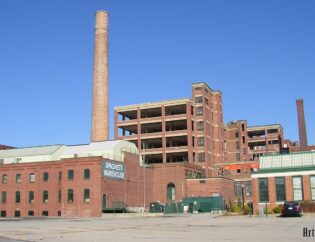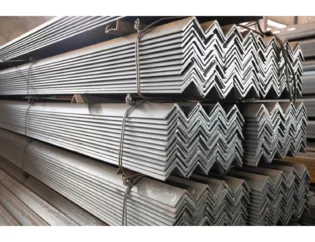CNC steel machining is a pivotal technology in modern manufacturing, revolutionizing how metal components are produced. This guide delves into the intricacies of CNC steel processes, emphasizing their significance in achieving precision, efficiency, and scalability. Understanding these techniques is essential for engineers, manufacturers, and hobbyists alike, as they form the backbone of countless industries.
Readers can expect to explore the fundamentals of CNC steel machining, including the various types of machines, tools, and techniques involved. We will cover essential topics such as programming, material selection, and best practices to optimize production. By the end of this guide, you will have a comprehensive understanding of CNC steel machining and its applications in real-world scenarios.
Understanding CNC Steel Machining: A Comprehensive Guide
Imagine a world where precision meets efficiency, crafting components that power industries from aerospace to healthcare. This is the realm of CNC steel machining—a transformative technology that turns complex designs into tangible reality. At the heart of this process lies computer numerical control (CNC), a marvel of modern engineering that bridges the gap between digital blueprints and meticulously crafted steel products. But how exactly does this intricate process unfold, and what industries are reaping its benefits? In this comprehensive guide, we will delve into the intricacies of CNC steel machining, exploring its methodologies, the wide array of materials it accommodates, and the diverse applications it serves. From engine mounts to medical instruments, discover how CNC steel machining is revolutionizing manufacturing across the globe.
Technical Features of CNC Steel Machining
CNC steel machining is characterized by several technical features that enhance its effectiveness in manufacturing. Below is a comparison table highlighting these features:
| Feature | Description |
|---|---|
| Precision | Achieves high accuracy and tight tolerances, essential for critical applications. |
| Efficiency | Streamlines production processes, reducing lead times significantly. |
| Versatility | Capable of producing complex geometries and a wide range of part types. |
| Cost-Effectiveness | Balances material costs with performance, offering viable solutions for various projects. |
| Automation | Reduces human error and increases production speed through automated processes. |
Types of Steel Used in CNC Machining
Choosing the right type of steel is crucial for CNC machining. Each type has unique properties that make it suitable for specific applications. Below is a comparison table of common steel types used in CNC machining:
| Steel Type | Composition | Properties | Applications |
|---|---|---|---|
| 1018 Steel | Low carbon steel | High weldability, good machinability | Shafts, spindles, gears |
| 1215 Steel | Free machining steel | Excellent machinability, low strength | Automatic screw machine processes |
| 1045 Steel | Medium carbon steel | Good strength, weldable | Shafts, bolts, gears |
| 4130 Steel | Low alloy steel | High toughness, good weldability | Aircraft components, automotive parts |
| 4140 Steel | Low alloy steel | High strength, good machinability | Couplings, automotive parts |
Advantages of CNC Steel Machining
CNC steel machining offers numerous advantages, making it a preferred choice in various industries. The precision and efficiency of CNC machining allow for the production of high-quality components that meet stringent specifications. Additionally, the ability to automate processes reduces labor costs and minimizes human error, leading to consistent results.
Applications of CNC Steel Machining
CNC steel machining is utilized across multiple industries, including:
– Automotive: Producing engine components, transmission gears, and suspension systems.
– Aerospace: Manufacturing lightweight yet robust parts for aircraft.
– Medical: Creating surgical instruments and implants that require high precision.
– Industrial Machinery: Fabricating gears, shafts, and other critical components.
Conclusion
CNC steel machining is a vital process in modern manufacturing, offering precision, efficiency, and versatility. Understanding the different types of steel and their properties is essential for selecting the right material for specific applications. As industries continue to evolve, CNC steel machining will play a crucial role in meeting the demands for high-quality components.
FAQs
1. What is CNC steel machining?
CNC steel machining is a manufacturing process that uses computer numerical control to automate the shaping and cutting of steel into precise components.
2. What types of steel are best for CNC machining?
Common types include 1018, 1215, 1045, 4130, and 4140 steel, each with unique properties suitable for different applications.
3. How does CNC machining improve efficiency?
CNC machining automates the production process, reducing lead times and minimizing human error, which enhances overall efficiency.
4. What industries benefit from CNC steel machining?
Industries such as automotive, aerospace, medical, and industrial machinery benefit significantly from CNC steel machining.
5. Why is precision important in CNC steel machining?
Precision is crucial as it ensures that components meet strict specifications, which is essential for safety and functionality in applications like aerospace and medical devices.


